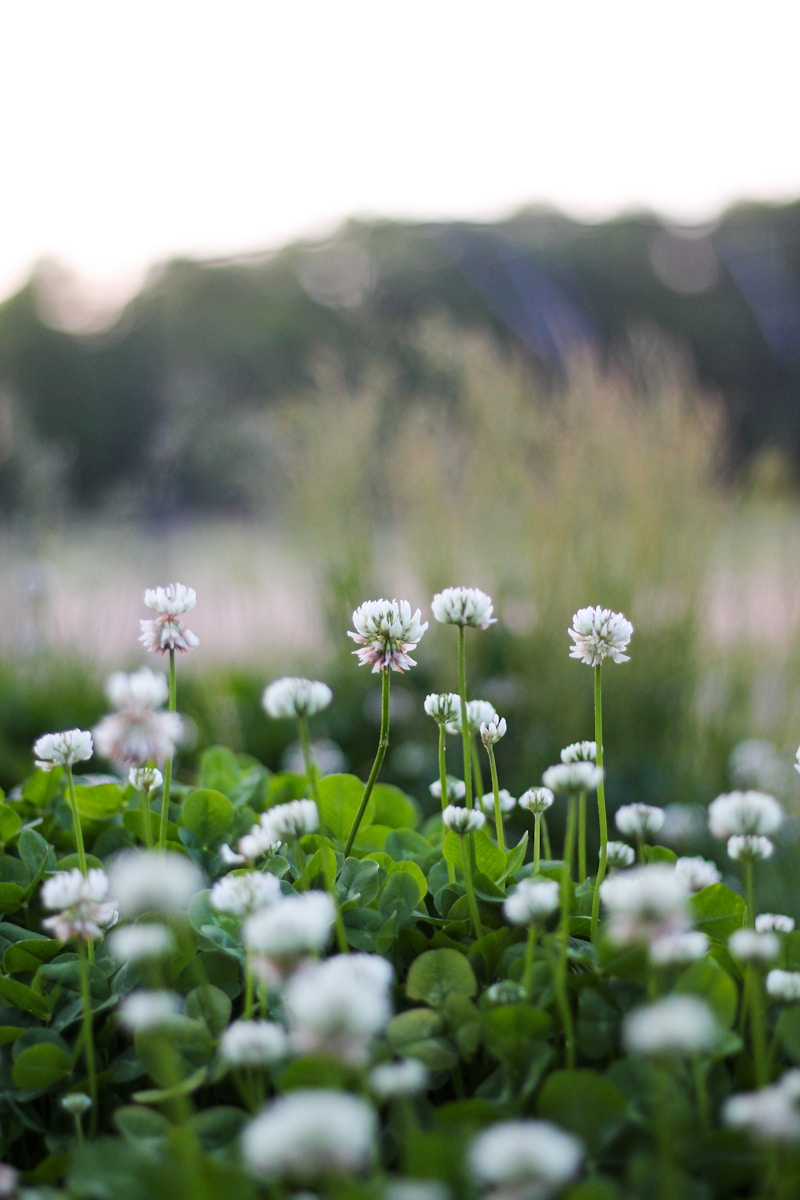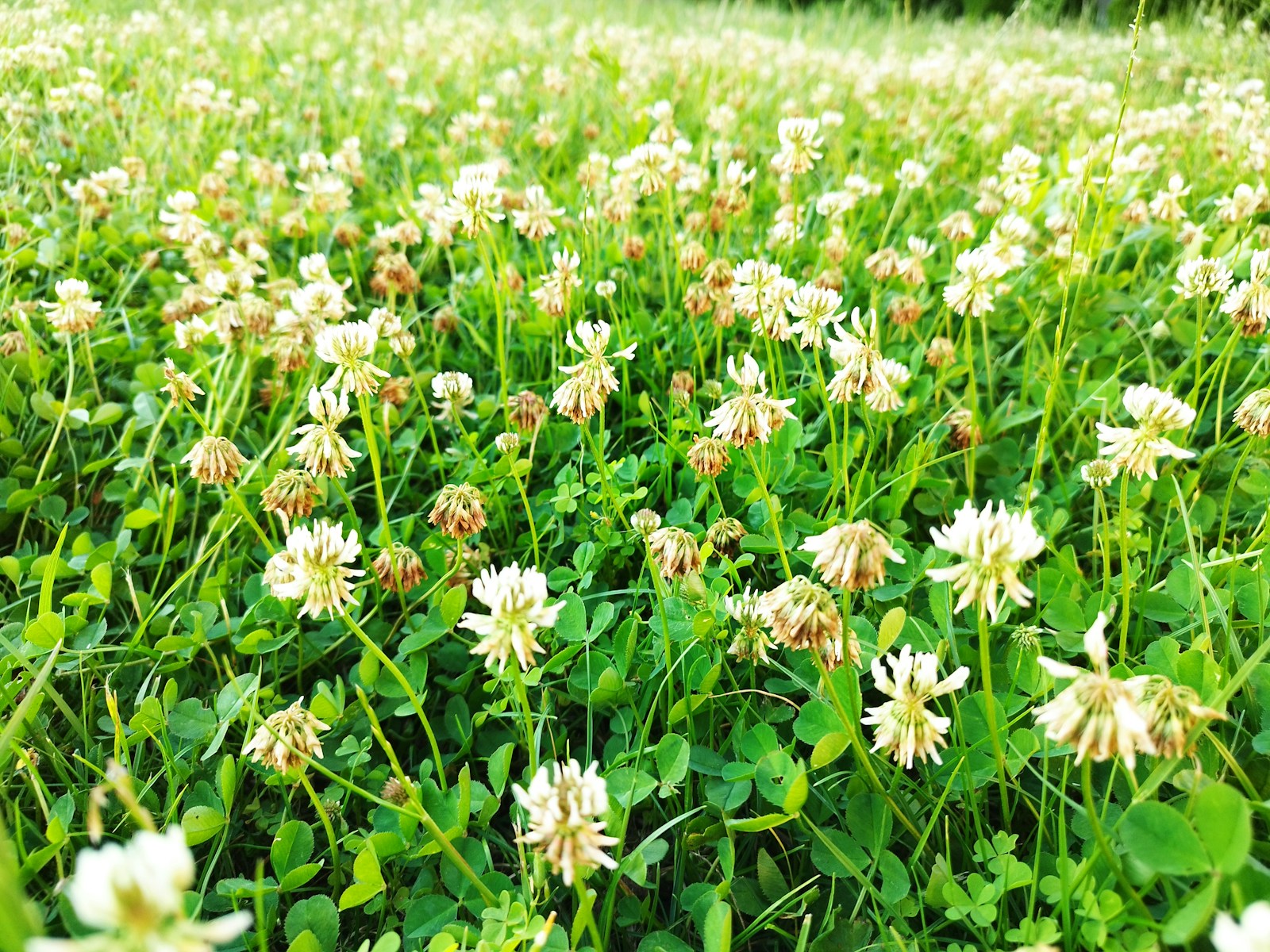What Are Cool-Season Grasses?
Cool-season grasses, such as Kentucky bluegrass, tall fescue, and perennial ryegrass, thrive in regions with cold winters and moderate summers. These grasses grow vigorously in spring and fall when temperatures range between 60°F and 75°F, making them ideal for states like Pennsylvania, Colorado, and Oregon. Unlike warm-season varieties (e.g., Bermuda grass), cool-season grasses stay green year-round but require specific care to survive summer stress.
Why Spring Clean-Up Matters
Spring lawn clean-up for cool-season grasses revives your yard after winter dormancy. Removing debris, controlling weeds, and addressing soil compaction sets the stage for robust growth. Neglecting this process can lead to pest infestations, disease, and patchy turf.
Take it from Linda, a homeowner in Boise, Idaho, who skipped spring dethatching last year: “By June, my lawn looked like a moth-eaten sweater. The thatch was so thick, water just pooled on the surface.” Her story underscores the importance of timely care.
Tools You’ll Need
- Rake or leaf blower: Clear leaves and twigs.
- Dethatcher: Remove thick thatch layers.
- Aerator: Relieve soil compaction.
- Spreaders: For seed, fertilizer, and pre-emergent.
- Soil test kit: Check pH and nutrient levels.
Step-by-Step Spring Lawn Clean Up Guide
1. Clear Debris and Assess Damage
Start by raking leaves and branches. Check for winterkill (grayish patches) in shady areas or spots prone to ice melt. In Colorado, homeowners often find salt damage near driveways—flush soil with water to leach excess salts.
2. Dethatch for Better Airflow
Thatch over 0.5 inches thick blocks water and nutrients. Use a dethatching rake or power dethatcher in early spring. Pro Tip: Oregon State University recommends dethatching when soil is moist but not soggy.
3. Aerate to Combat Compaction
Aerate your lawn if soil feels hard. Core aerators pull small plugs, improving root access to air and water. Rent one from local garden centers or hire a pro.
4. Overseed Bare Patches
Choose a seed mix matching your grass type. For Pennsylvania’s clay soils, tall fescue blends add drought resistance. Spread seed evenly and lightly rake to ensure soil contact.
5. Fertilize Strategically
Apply a slow-release fertilizer with a 20-5-10 NPK ratio once soil temperatures hit 55°F. Avoid high nitrogen formulas—they encourage leaf growth over roots.
6. Apply Pre-Emergent Herbicides
Target crabgrass and chickweed by applying pre-emergent when forsythia bushes bloom (a natural indicator of 55°F soil temps).
7. Adjust Soil pH
Cool-season grasses prefer a pH of 6.0–7.0. If your soil test reveals acidity (common in Washington state), add pelletized lime.
8. Mow Smart
Set mower blades to 3–4 inches. Taller grass shades soil, reducing weeds. Never cut more than ⅓ of the blade length.
Common Mistakes & Fixes: A Deep Dive
Mistake #1: Overwatering
Many homeowners, like Jim in Portland, Oregon, assume daily light watering keeps grass happy. “I thought I was doing everything right until I saw mushrooms popping up,” he admits. Overwatering drowns roots, promotes fungal diseases, and wastes resources.
The Fix: Water deeply once a week, providing 1–1.5 inches (use a rain gauge). Early morning watering reduces evaporation and disease risk.
Mistake #2: Ignoring Soil Tests
Cool-season grasses are picky about pH and nutrients. Skipping soil tests leads to guesswork—like adding lime to already alkaline soils, which happened to a family in Spokane, Washington. Their lawn turned yellow until a local extension agent diagnosed iron deficiency.
The Fix: Test soil every 2–3 years. Penn State Extension offers $10 kits with tailored recommendations.
Mistake #3: Scalping the Lawn
Cutting grass too short weakens roots and invites weeds. A golf course superintendent in Denver compares scalping to “sunburning your lawn’s skin.”
The Fix: Keep mower blades high (3–4 inches). For the first spring mow, trim just the tips to avoid shocking grass.
Environmental Considerations: Balancing Beauty and Sustainability
The Organic Fertilizer Advantage
Synthetic fertilizers can leach into waterways, harming aquatic life. Switching to compost or organic blends (like Espoma’s Lawn Food) feeds soil microbes and reduces runoff. In Asheville, North Carolina, a community initiative cut nitrogen pollution by 30% after promoting organic lawn care.
Mulching Clippings: A Free Nutrient Boost
Bagging grass clippings wastes 25% of your lawn’s annual nitrogen needs, according to the University of Maryland Extension. Mulching returns nutrients to the soil and reduces landfill waste.
Drought-Tolerant Grass Varieties
In arid regions like Colorado’s Front Range, replacing Kentucky bluegrass with fine fescue can cut water use by 50%. These varieties have deeper roots and thrive with minimal irrigation.
Pesticide Alternatives
Pre-emergent herbicides are effective but controversial. Corn gluten meal, a natural alternative, suppresses weeds while adding nitrogen. It’s slower-acting but safer for pets and pollinators.
Case Study: From Patchy to Pristine in Denver
Sarah, a Denver homeowner, battled patchy turf due to clay soil and heavy foot traffic. After dethatching, aerating, and overseeding with tall fescue, her lawn rebounded in 6 weeks. “Compost top-dressing made all the difference,” she says.
Spring Lawn Care Timeline (Table)
| Task | Timing | Tools Needed |
|---|---|---|
| Debris Removal | Early March | Rake, leaf blower |
| Dethatching | Late March | Dethatcher |
| Aeration | Early April | Core aerator |
| Overseeding | Mid-April | Seed spreader |
| Fertilizing | Late April | Broadcast spreader |
Final Thoughts
Spring lawn clean-up for cool-season grasses is a blend of timing, tailored care, and patience. Prioritize soil health, smart watering, and proactive weed control. Whether you’re in Portland’s rainy climate or Colorado’s arid zones, these steps ensure a resilient, envy-worthy lawn.



